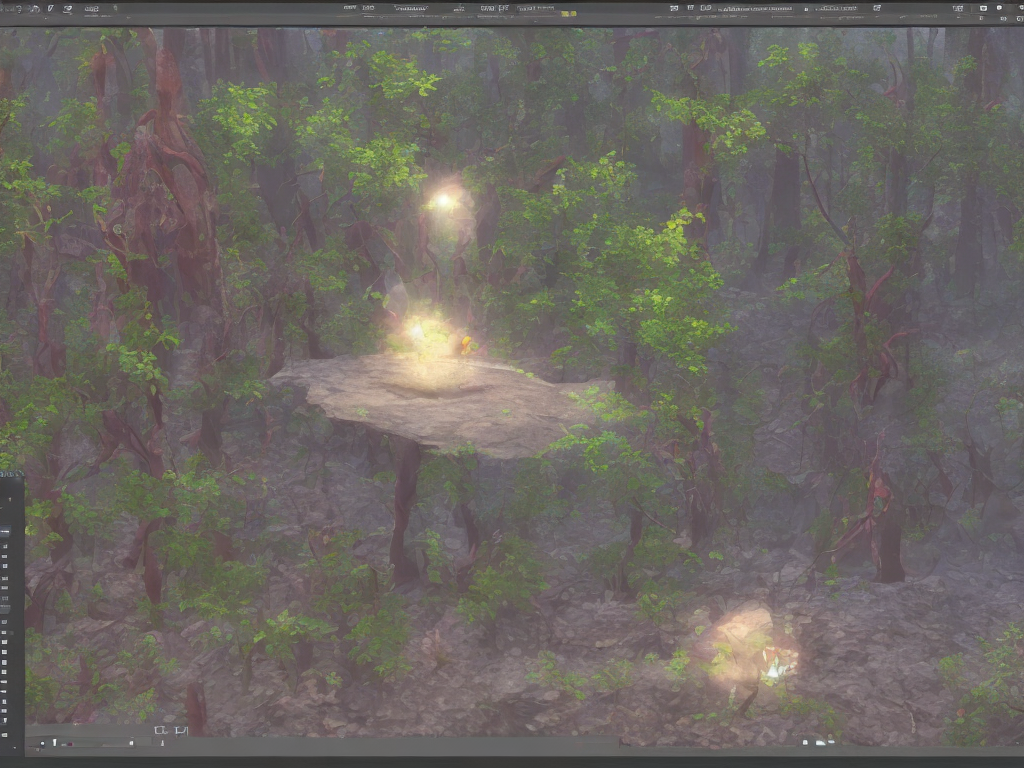
Computers have come a long way since they first appeared on the market, changing the way we work, entertain ourselves, and communicate with others. One of the most useful features of modern computers is the ability to take screenshots or captures of what is displayed on the screen. On Windows, taking a screenshot is relatively easy and does not require any special software or technical knowledge. In this article, we will explain how to take a screenshot on Window computers.
Before we delve into the specifics of taking a screenshot on Windows, it is worth noting that there are several types of screenshots you can take. The most common ones are the full-screen capture, which captures the entire contents of the screen, and the partial screen capture, which captures a specific part of the screen, such as a window or a selection of text.
Full-screen capture
To take a full-screen capture on Windows, simply press the PrtScn (Print Screen) key on your keyboard. This key is usually located on the top right-hand side of the keyboard and may have different labeling, such as PrtSc, PrntScrn, PrtScr, or a similar combination. When you press the PrtScn key, the computer takes a screenshot of the entire screen and stores it in the clipboard. This means that the captured image is not immediately saved as a file on your computer, but rather copied to a temporary storage area.
To retrieve the captured image, you need to paste it into a program that can handle images, such as Paint or Microsoft Word. To do this, open the program and press Ctrl + V or right-click and select Paste from the context menu. If you want to save the captured image as a file, you can use the Save As command in the program's File menu or press Ctrl + S.
Partial screen capture
If you only want to capture a specific part of the screen, such as a window or a selection of text, you can use the Snipping Tool, a built-in program that comes with Windows operating systems since Windows Vista. The Snipping Tool lets you capture a rectangular, free-form, or full-screen snip, which you can save as an image file or copy to the clipboard.
To use the Snipping Tool, follow these steps:
1. Open the Snipping Tool by typing snipping tool in the Windows search box or selecting it from the Start menu or taskbar.
2. Click on New to start a new capture.
3. Click and drag the cursor over the area you want to capture. You can choose to capture a rectangular snip, a free-form snip, a window snip, or a full-screen snip. To capture a window, simply click on the window you want to capture.
4. Once you have captured the desired area, release the mouse button. The captured image will appear in the Snipping Tool window, where you can annotate it, save it, or copy it to the clipboard.
Other methods
In addition to the PrtScn key and the Snipping Tool, there are other methods you can use to take a screenshot on Windows computers, depending on which version of Windows you are using. Here are some of the most common ones:
1. Windows + PrtScn: This key combination captures a full-screen screenshot and saves it to the Pictures/Screenshots folder in the user's home directory. This method is only available on Windows 8 and later.
2. Alt + PrtScn: This key combination captures the active window and saves it to the clipboard. You can then paste it into an image editor or document.
3. Windows + Shift + S: This key combination opens the Snipping Tool in rectangular snip mode. You can then draw a rectangle around the area you want to capture, which is saved to the clipboard.
Tips and tricks
Taking a screenshot on Windows is a straightforward process, but there are some tips and tricks you can use to make it even more effective and efficient. Here are some of them:
1. Use the Snipping Tool's delay feature to capture menus and tooltips: In the Snipping Tool, you can set a delay of up to five seconds before the screenshot is captured. This allows you to open menus or tooltips before the capture takes place, making it easier to capture them.
2. Use third-party screenshot tools for advanced features: While Windows' built-in screenshot tools are sufficient for most users, there are some third-party tools that offer more advanced features, such as automatic uploading to cloud storage, video recording, and editing tools.
3. Use keyboard shortcuts for faster captures: If you take screenshots frequently, consider memorizing the keyboard shortcuts for the tools you use most often. This can save you time and make it easier to capture the exact image you want.
Conclusion
Taking a screenshot on Windows is a useful and often necessary skill, whether you need to capture an error message, a funny meme, or a design inspiration. With the PrtScn key, the Snipping Tool, and other built-in methods, you can capture any part of your screen with ease. By following the tips and tricks outlined in this article, you can become a master of taking screenshots on Windows and enhance your productivity and creativity.
 Self-Instruct
Self-Instruct